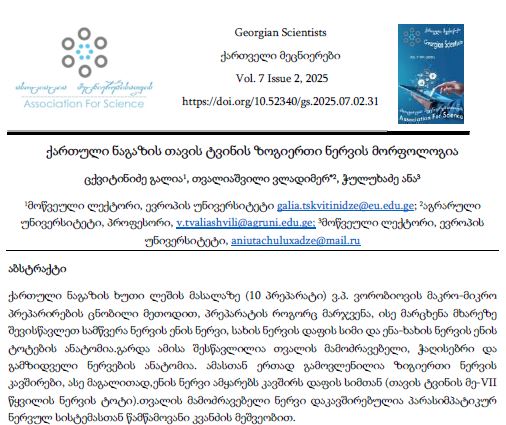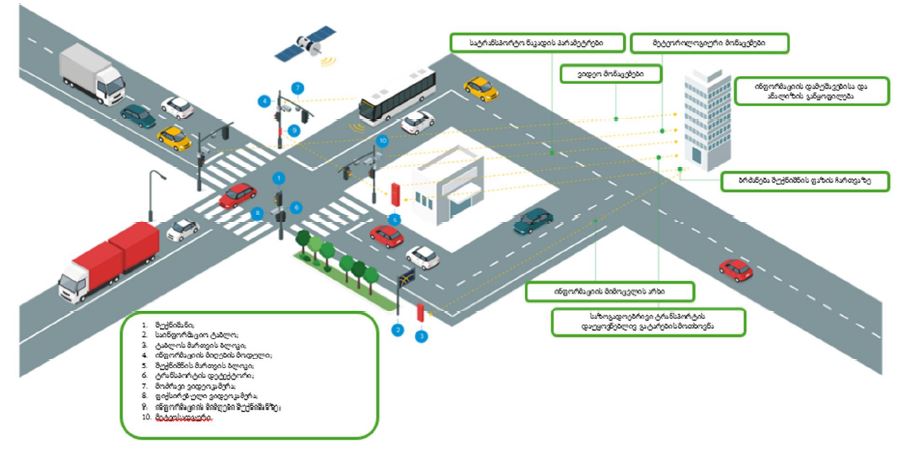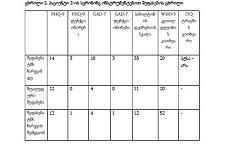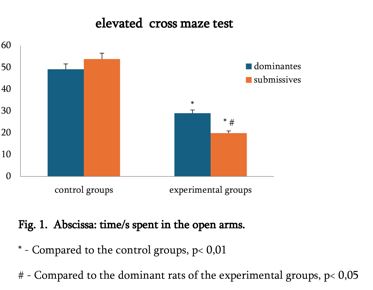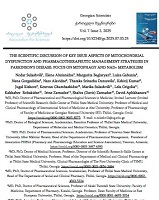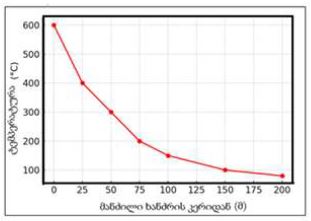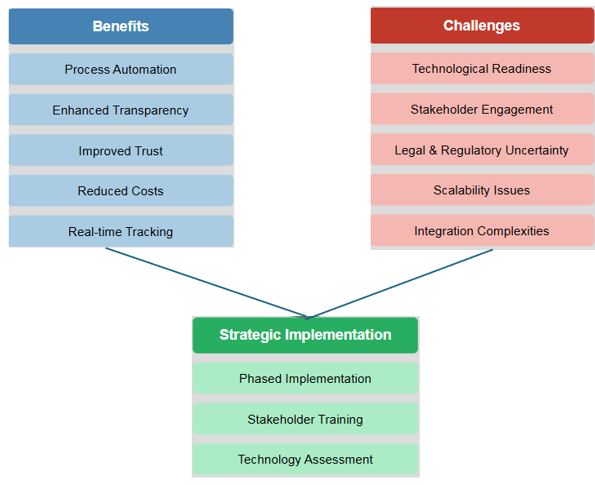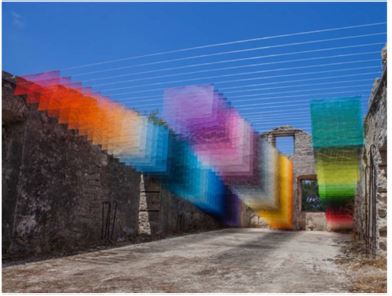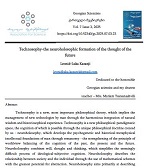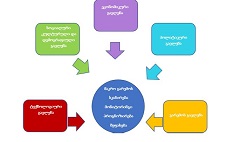Life-saving problems during fire in road tunnels
Загрузки
Funding data
-
Shota Rustaveli National Science Foundation
Grant numbers AR- 19-1936
One of the main risk factors for the safe operation of tunnels, according to the design solutions of Georgian road tunnels, is the possibility of fire initiation with relevant negative consequences. The report will discuss the fire development scenarios under the ground based on the results of numerical modeling, as well as the recommendations for training and raising awareness of fire service personnel and rescuers depending on fire capacity, tunnel geometry, location and other factors, which will be applicable to the safe operation of transport tunnels and the survival of fire in the event of a fire.
Скачивания
Метрики
EC (2004) Directive 2004/54/EC of the European parliament and of the council on minimum safety requirements for tunnels in the Trans-European Road Network. European Commission, Brussels.
Beard A, Cope D (2007) Assessment of the Safety of Tunnels - Study. Science and Technology Options Assessment. European Parliament, Brussels.
Ingason H, Lönnermark A (2012) Heat Release Rates in Tunnel Fires: A Summary. In: Beard A, Carvel R (eds) In the Handbook of Tunnel Fire Safety, 2nd end. ICE Publishing: 273–328.
Vaitkevicius A, Colella F, Carvel R (2014) Rediscovering the Throttling Effect. In: Ingason H, Lönnermark A (eds) Proceedings from the Sixth International Symposium on Tunnel Safety and Security (ISTSS 2014), Marseille, France. SP Technical Research Institute of Sweden: 373–378.
Lanchava O., Javakhishvili G. (2021) Impact of strong fires on a road tunnel ventilation system. Bulletin of the Georgian National Academy of Sciences, Vol. 15 No4: 38-45.
Lanchava O. (2019) Analysis of critical air velocity for tunnel fires controlled by ventilation. Mining Journal No 1, Tbilisi: 126-132.
Lanchava O., Ilias N., Nozadze G., Radu S.M. (2019) Heat and hygroscopic mass exchange modeling for safety management in tunnels of metro. Quality Access to Success 20, S1.
Lanchava O., Ilias N., Nozadze G., Radu S.M., Moraru R.I., Khokerashvili Z., Arudashvili N. (2019) FDS Modelling of the Piston Effect in Subway Tunnels. Environmental Engineering and Management Journal 18 (4): 317-325.
Lanchava O., N. Ilias N. (2020) Calculation of railway tunnels ventilation. Journal of Engineering Sciences and Innovation, 5(1): 69-86.
Lanchava O., Abashidze G., Tsverava D. (2017) Securing fire safety for underground structures, Quality Access to Success, 18(S1): 47-50.
Lanchava O., Ilias N. (2018) Complex calculation method of temperature, mass transfer potential and relative humidity for ventilation flow. Technical Sciences 3 (1),:69-84.
Lanchava O.A. Heat and mass exchange in newly driven mine workings. Sov. Min. Sci. (Engl. Transl.); (United States) 21(5), 1986.

































